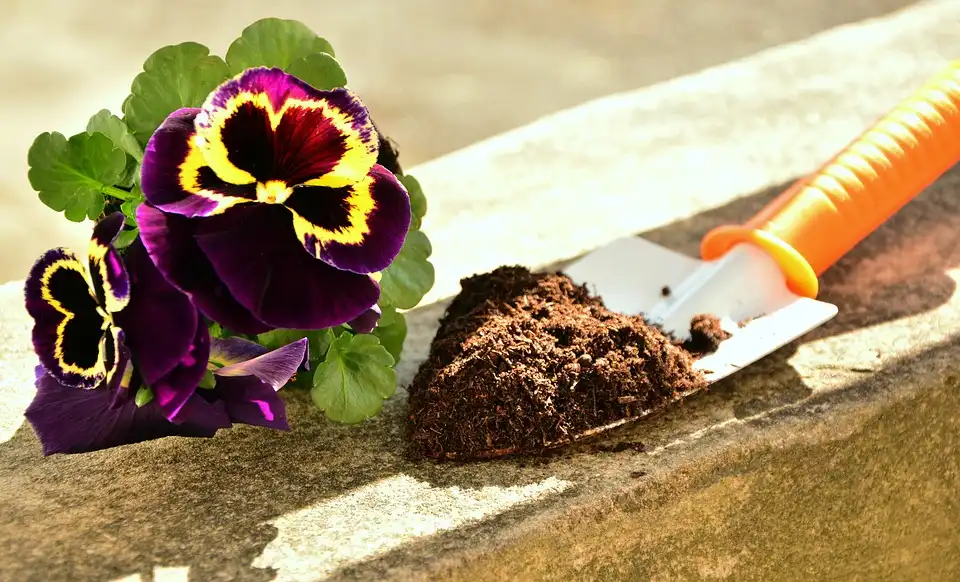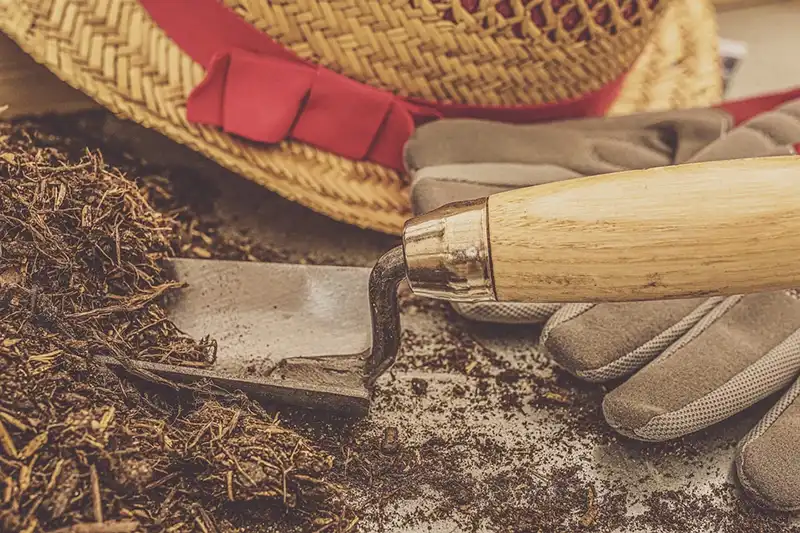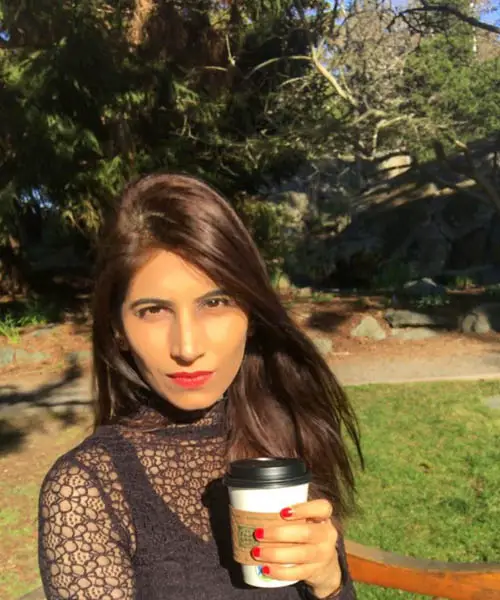Chinese Elm Bonsai Soil Guide
Chinese Elm, aka Ulmus parvifolia or lacebark elm, is one of the most popular bonsai varieties. If you’re a beginner, it’s a great choice for you as it’s fairly low-maintenance due to its hardiness and slow growth. They are ideal as indoor plants, but you’ll have to give them more attention than an outdoor Elm tree. One of the most important but underlooked factors in plant care is the soil. Read below to know more about the ideal soil requirements for your Chinese Elm bonsai.
Chinese Elm Soil Guide
Chinese Elm bonsais need a typical potting mix having well-drained soil. These resilient plants can also survive in moist or wet soils and drought-like conditions. You don’t need a set schedule for watering it, but make sure the top part of the soil is dry before watering it again. It’s best if you water your bonsai in the mornings. You must also water it less in winter. It will also help if you mist the tree with a mister a couple of times a week. Avoid overwatering as it could severely damage the tree.
You should also provide your soil with enough nourishment to keep the bonsai in a healthy state. Chinese Elms aren’t heavy feeders, and a combination of organic solid and liquid fertilizer is a nice choice for them. You can fertilize it every three to four months, but you should feed it more often during the growing season. It’s a good idea not to fertilize during the winter months as the tree is dormant. If your tree is newly purchased, you must give it a few weeks to adjust before fertilizing it.
You should get a low nitrogen fertilizer for your Chinese Elm bonsai. However, increasing the nitrogen levels would be a good idea if you want the leaves to grow larger. If you’re using hormones or vitamins on your bonsai for treatment, you shouldn’t use any fertilizer during that time.
Soil Composition
The soil should contain around 75 % of inorganic matter like aggregate rock or other hard material. Some examples are coarse sand, decomposed granite, and crushed lava rock. These materials shouldn’t contain any dye, and you can use them in any combination. Using them will fine-tune the drainage of your bonsai containers.
The remaining 25% should be organic matter made of decomposed plant material like composted bark or leaf mulch. The material shouldn’t be new or partially decomposed, as that would generate heat, thereby damaging the roots. If you can’t find the organic matter easily, you can go for the bark that orchid growers use or a non-water-retaining potting soil.
Ensure that the soil materials are filtered properly before using them in the potting mix. Remove any fine particles smaller than 1/8th of an inch using a window screen or a screen door. It would also help if you removed any particles larger than 1/4th of an inch so that the soil is compact enough to anchor the Elm.
You can customize the organic to inorganic material ratio depending on your tree’s requirements considering some factors. If the soil remains wet for too long, you can increase the quantity of inorganic material. If it dries too quickly, you should increase the organic matter percentage. You can use 30% organic material and 70% inorganic if needed.
Overall Care
Once you know what an ideal soil mix for your bonsai is, you should also check your tree receives adequate sunlight and water. Every plant has its watering and light requirements. Chinese Elms are tolerant to various conditions but don’t like drafts or temperature changes. Ideally, they want between 60- and 70-degrees Fahrenheit.
They need a lot of light. It would be best to expose them to the morning sunlight as it’s good due to its low intensity. Bear in mind that direct afternoon sunlight in summers can cause burns in the leaves. Finally, keep your tree clean and maintained to steer clear of any pests and diseases.







